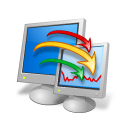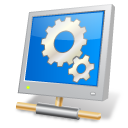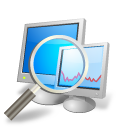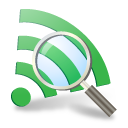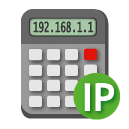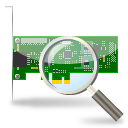Products
Network Monitoring and Analysis Tools by LizardSystems
Terminal Services Manager
By using Terminal Services Manager, you can see the details of the users connected to a remote host, their sessions, and their active processes. For several hosts simultaneously, you can monitor each user, session, and process's usage of remote host resources (CPU, memory, etc.) in real-time. Using Terminal Services Manager, you can easily perform a variety of administrative tasks to manage resources and users on a remote host, for example, disconnecting all inactive users, closing inactive users' sessions, or terminating a remote host process.
The quick and easy way to monitor and manage remote host resource usage!
Remote Process Explorer
Remote Process Explorer is a powerful tool for managing, monitoring and analyzing processes on a local or remote computer. You can use Remote Process Explorer not only to get the list of processes running on a remote or local computer, but also to run a new a process, kill it or change its priority.
In real time, Remote Process Explorer monitors the performance of a remote computer, by showing the number of processes running as well as the amount of CPU, memory and other system resources it uses. Moreover, it will also show hidden processes which will allow you to detect spyware and malware.
Remote Process Explorer is an easy-to-use solution for managing processes on a remote computer!
Remote Desktop Audit
With Remote Desktop Audit, you can use the unified dashboard to analyze remote desktop access to your servers and then aggregate or filter the results by time, server, username, or IP address. In addition to convenient tracking of logon and logoff events, Remote Desktop Audit provides efficient tools for data analysis, data export, and reporting.
Find out who has been accessing your servers via remote desktop!
Wi-Fi Scanner
Wi-Fi Scanner shows you detailed information about 802.11a/b/g/n/ac/ax wireless networks in their vicinity, as well as its parameters and signal strength. To improve network signal quality, Wi-Fi Scanner shows busy channels and thus helps users find a free channel for their access point.
Wi-Fi Scanner shows wireless connection statistics in the form of tables and graphs, and allows you to manage wireless network profiles. Wi-Fi Scanner also provides tools to analyze and diagnose problems on an individual's wireless network.
With Wi-Fi Scanner, you can find all nearby wireless networks, with detailed information about their parameters and signal strength.
LanSend
LanSend was developed for sending messages to remote computers, thereby replacing the "net send" command and msg.exe. LanSend is easy to use and requires no Internet access, dedicated server, or additional software on the recipient's machine.
LanSend makes sending messages to network users quick and simple!
Network Scanner
Using a list of computers or a range of IP addresses, this tool scans the network and shows all available computer resources. The program will show NetBIOS (Samba) shared resources as well as FTP and web resources. Moreover, it will also check access rights to these resources.
Start Network Scanner and you will be able to see all computers in the network, its resources and also access its rights!
LanCalculator
Simply enter an IP address and prefix or a subnet mask to view all the network parameters and calculate the address range that is actually used, along with available subnets and hosts. You can also split the network into a custom number of subnets and save them to a file for further work.
LanCalculator is the easiest and most convenient tool to analyze and calculate IPv4/IPv6 networks.
Find MAC Address
This tool is an easy way to find the MAC address of a local or remote computer on the network. Select the target and method and find the MAC address of a remote computer on the network. The software can not only find the MAC address of a computer, but also detect the manufacturer of its network card.
With Find MAC Address, you will be able to easily find the MAC address of any computer on the network!
Change MAC Address
With this tool, you will be able to quickly change the MAC address of their network card no matter what its manufacturer and driver is. With just a few clicks, anyone will be able to change the MAC address in seconds.
